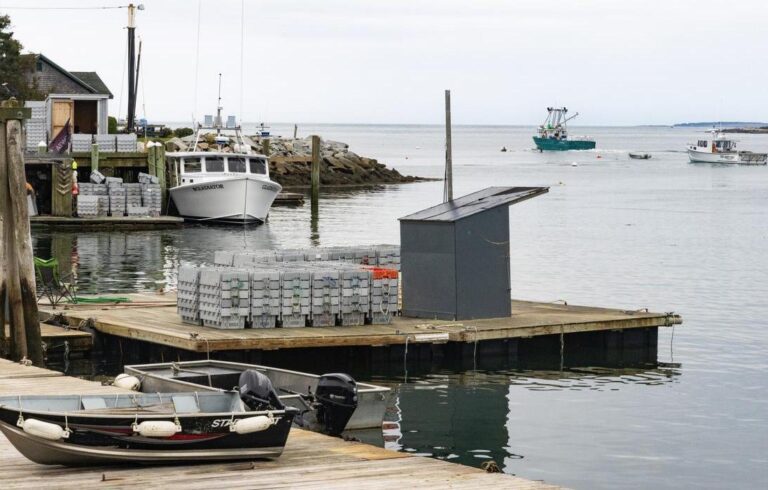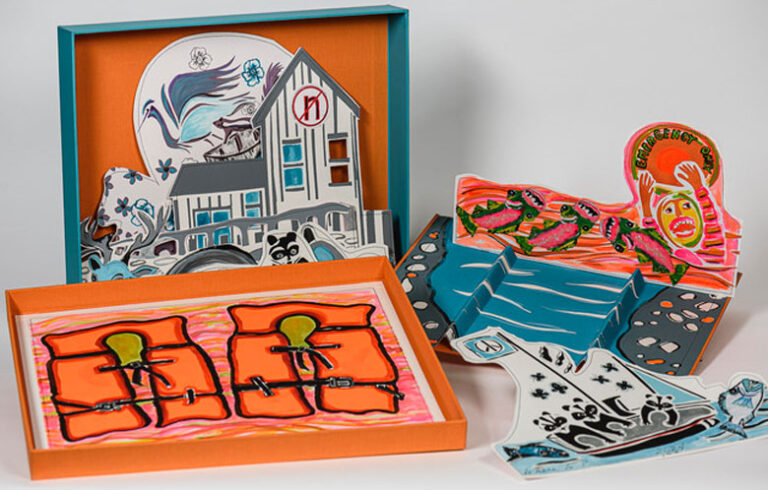As an experiment one year, I vowed not to buy, cook, or eat any out-of-season vegetables. No eggplant in December. No asparagus in January. No broccoli in March. Sort of eating by pre-Civil War era standards. (You’d be surprised how quickly fresh produce found its way north after the hostilities ceased and restored train routes and steam-powered vessels made it possible, certainly in urban places if not Maine islands).
For centuries, eating out of season was a parlor trick practiced by elites as humankind knocked itself out to eliminate seasonal differences in our diets which artificial refrigeration and speedy global transportation now make easy, even if expensive.
Other growing season-extending technologies like hot beds and greenhouses kept the royalty in fancy fresh produce as early as 400 to 500 years ago and trickled down to prosperous urban classes abroad in the mid-1800s. Now even in cold coastal Maine, sun-warmed high tunnels provide us with salad and cooking greens, carrots, and other cold-tolerant vegetables. We can farm year-round, even if some might welcome a winter break instead.
We’ve been dodging seasonal eating so long now we think we must eat that way.
Our reward is flavorless white-centered strawberries, rock-hard tomatoes, and some vegetables which have been on vacation from their native heath so long that many of their nutrients have fled. We’re better off in winter eating frozen broccoli grown in the States processed shortly after harvest than so-called fresh from Mexico or farther.
So, how’d it go? Actually, pretty well. In storage, I had apples, carrots, cabbage both green and red, beets, rutabagas, onions, and winter squash. I can’t recall if Brussels sprouts were in the mix, but they’re certainly a candidate for eating both raw and cooked.
The freezer held home-grown peas, green beans, and corn. In jars, there were tomatoes, plus various kinds of cucumber pickles like dills, sweet and sours, and bread and butters. Dilly beans, cauliflower, carrot, and beet pickles supplemented the collection. Kale carried on in the garden util extreme cold.
Cooked vegetables are kind of a no-brainer. I also wanted salad. Cole slaw variations turned out to be a lot of fun. Cole slaw and carrots, with and without chopped pickles. Red cabbage Cole slaw with shredded raw beets. Green Cole slaw plain or with pickles. Cooked, cold beets with and without apples, onions, or mixed with horseradish and sweet and sour dressing.
We’ve been dodging seasonal eating so long that now we think we must eat that way.
Peeled butternut squash makes salad when one continues to pare them forming lovely orange curls to dress with salt, pepper, lemon juice, and oil—allow it to rest until the squash is slightly softened. Carrot curls dressed with vinaigrette. Waldorf salad with nuts and a little onion was wonderful even without celery. Grated carrot mixed with chopped apple turned out to be kid-friendly sweet.
In past-times, pickles weren’t just an adjunct to a sandwich, or a decorative item on a plate. They were a helpful and delicious way to preserve tender vegetables for later use. Mind you, I really like fresh cukes in summer—a cucumber sandwich made from the first ripe cucumber I pick is a decades long ritual of my kitchen garden life.
In the normal order of things, lettuce, cucumbers, and celery are all I buy until my other stored veggies are used up. That winter of eating only homegrown vegetables taught me that I really like cucumber pickles in salads.
Too bad I don’t like sauerkraut very much. I’ve had it cooked with applesauce which seemed pretty tasty. In the past, Anglo Yankees liked pickled red cabbage, salted, vinegared with black pepper, allspice, cloves, mace. Sometimes, green cabbage got that treatment, too.
You might wonder why I didn’t list parsnips or leeks. I grow leeks only sporadically. And parsnips are the first of the spring vegetables, dug after spring thaw, after having wintered over in the ground where they sweeten up like candy.
This year, we ate lettuce salad until Thanksgiving, carefully keeping a few remaining heads covered in the garden. In my winter of no purchased lettuce, I was pretty happy to eat homegrown stuff in the spring, and that is true every year because the buttery tenderness of fresh greens picked minutes before serving is nothing like the green stuff that arrives in a plastic clam-shell even if it’s named “baby.”
Asparagus in late April and May is sublime. Strawberries in June are transcendent. Corn and green beans picked minutes or even a couple of hours before consumption taste like a vegetable you’ve never had.
Absence makes the heart grow fonder, you know.
Sandy Oliver is a food historian who gardens, cooks, and writes on Islesboro. She may be contacted at SandyOliver47@gmail.com.





